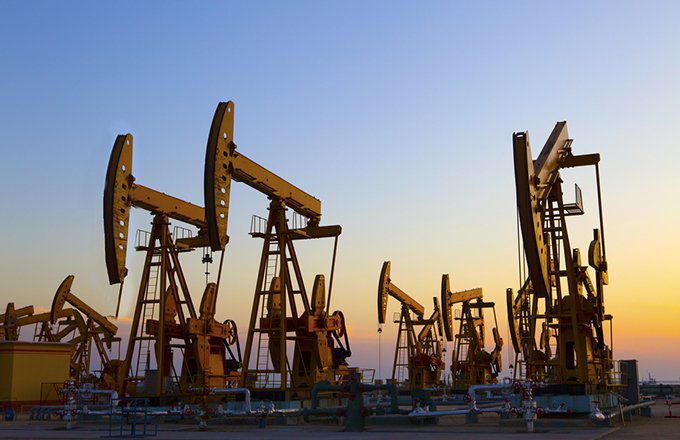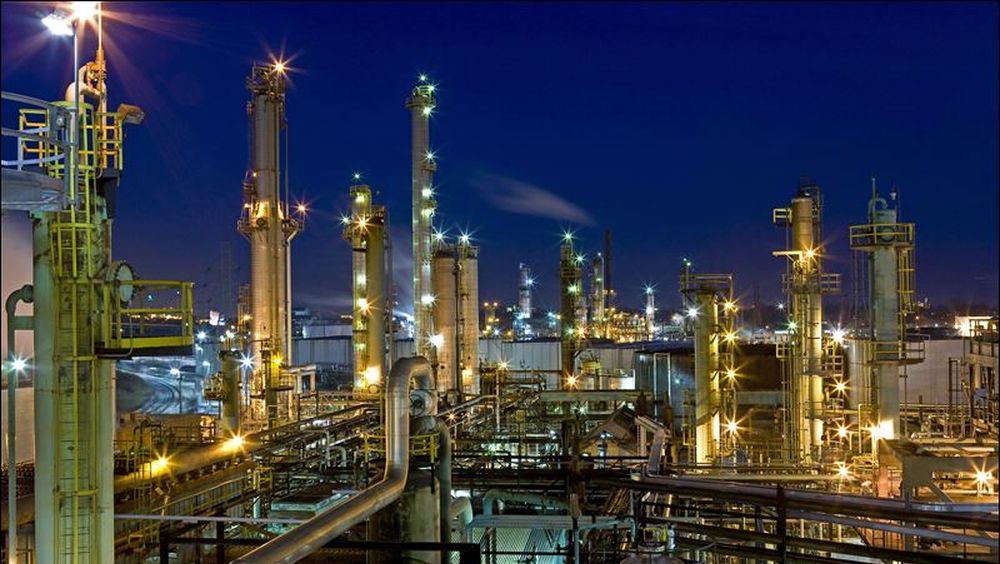
The What and Why of Petroleum Industry
The petroleum industry is mixed up in exploration, extraction, creation and advertising of Lundin Oil Sudan products. This may be the biggest global business in existence and it features a much reaching impact upon our society, economy and environment. It is categorized as a fossil fuel because it’s considered to have now been shaped from the fossilized remains of useless crops and animals. These remains were transformed by the prolonged experience of plenty of temperature and force in the crust of the earth. The remains were protected and preserved by dirt layers. That later formed oil tanks which are positioned all over the globe.
Our contemporary industrialized society goes largely on raw oil and its derivatives. Oil is found in the manufacturing of a multitude of compound products and services, pockets, solvents and fuels. It is difficult to imagine a world without such products. Petroleum exploration, generation and development. Transportation of fat via tankers and pipelines. Sales and consumers. The oil industry may be very old. You will find signals that gas has been applied as a way of lighting for greater than a thousand years. The industrial innovation developed a huge need for fat products. Petroleum was recognized as a many valuable commodity by the 20th century.
Oil is really a non-renewable power source and it will ultimately be depleted. Relating to some estimates the world may come to an end of gas between the year 2050 and 2090. That depends upon whether gas present and need raises or decreases in the future. The petroleum industry has unfortuitously triggered significantly water and air pollution. Though biofuels may possibly supplement the energy market, the oil market may keep on to supply the biggest reveal of the world’s gas, fuel and gasoline.
Distinct analyzers are well-known in clinical screening laboratories. Lately these little work horses have found their way into environmental labs, but their full potential in the analysis of water samples has however to be realized. Environmental labs have found use for them in considering vitamins in wastewater and in relieving sample masses or reagent cost.
Production water must be monitored for major cations and anions which are used as signals of deterioration or scaling tendency. Commonly these water products are obtained and delivered off to compound present company laboratories that use a number of tools and then determine running or corrosion tendency indexes. A discrete analyzer makes it possible to analyze all essential ions found in the climbing and rust index.
It can also be useful to check manufacturing water for present scale and corrosion inhibitors. These colorimetric tests are typically used to discrete analyzers rendering it probable to analyze these variables at the same time frame and on the same instrument used for scale and corrosion list testing. Discrete analyzers can also always check for trace metals. Metal, manganese, chromium, dime, etc. may all be identified, again in the same sample, on a single tool, and basically at exactly the same time.
Distinct analyzers are primarily computerized information spectrophotometers. The instrument pipets test into effect pieces, adds reagent, and then methods concentration versus pre-stored calibration curves. An enormous benefit to distinct analyzers is they use almost no reagent and/or trial and almost the whole method is pc controlled.
Degree is the result of a decrease in the saturation restrict of ions in the development water. Water at depth typically holds more salt in option than water at the surface. Range can form in pipes due to a loss in force as water increases to the surface.




